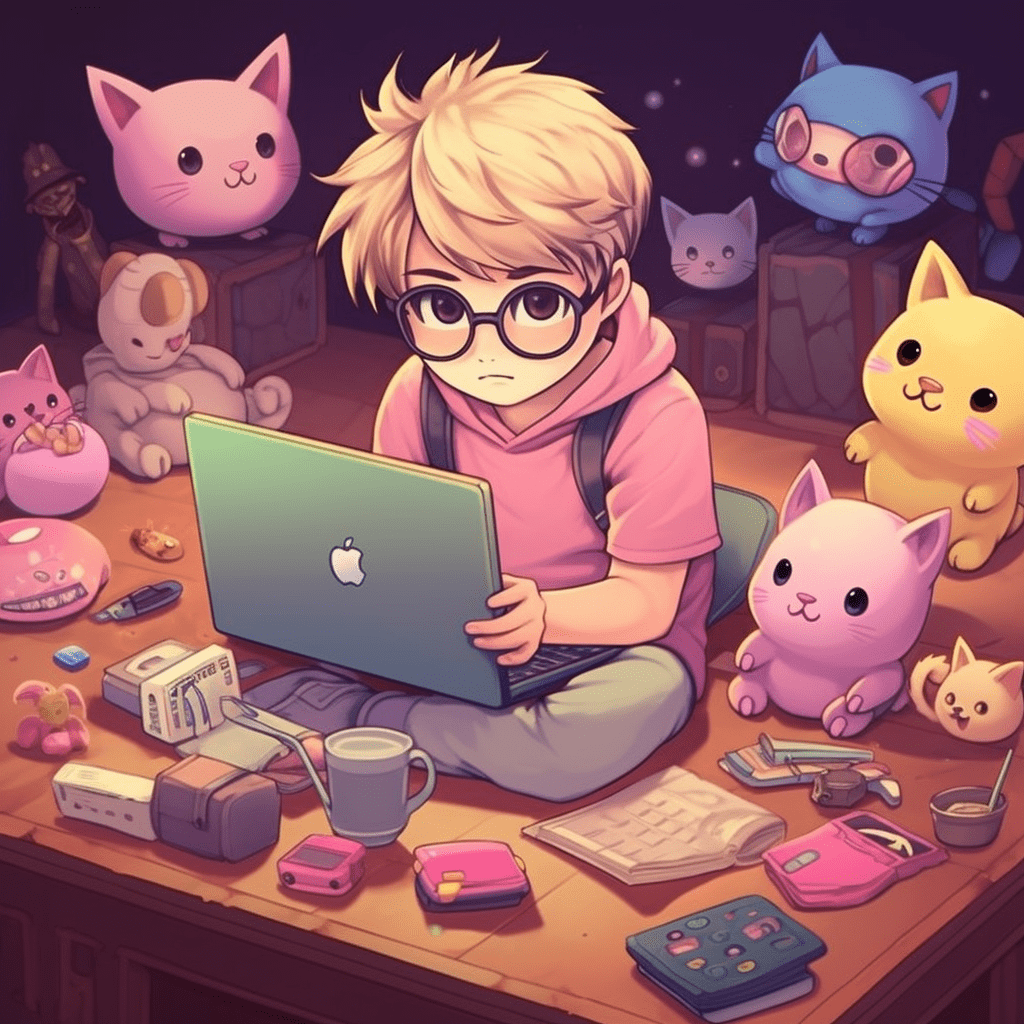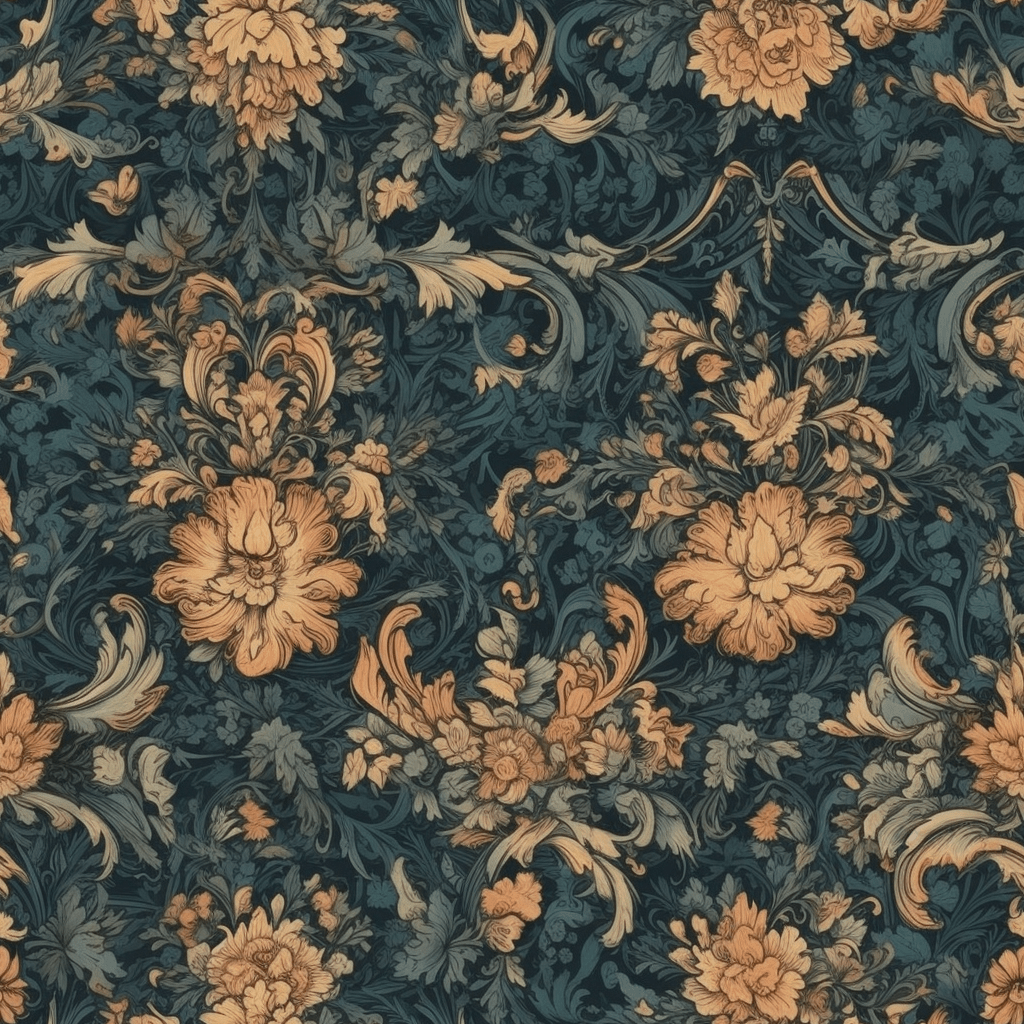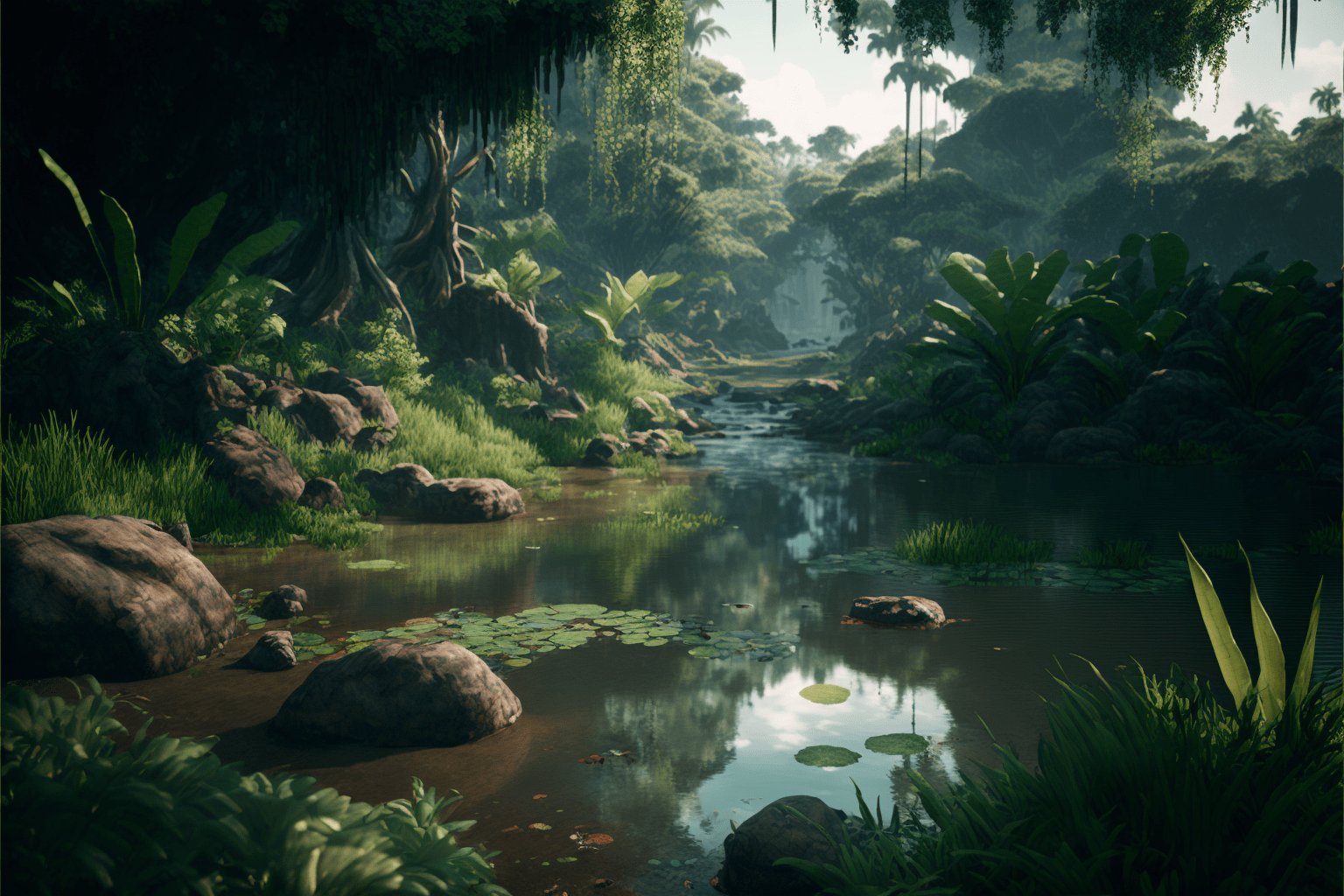In recent years, non-fungible tokens (NFTs) have gained tremendous popularity and disrupted the traditional art world. For artists and creators, NFTs present an opportunity to showcase and monetize their digital works, leveraging the power of blockchain technology to ensure verifiable ownership and provenance. This article will explore how artists and creators can generate NFTs to empower and redefine their digital art, taking advantage of tools and platforms that facilitate an accessible and creative process.

Understanding the Potential of NFTs for Artists and Creators
NFTs hold significant potential for artists and creators, offering unique and transformative possibilities which include:
- Monetizing Digital Art: NFTs provide a groundbreaking method to monetize digital art and creations. With NFTs, artists can sell unique, limited-edition, or rare digital creations, leading to additional revenue streams.
- Ownership and Provenance: Since NFTs exist on the blockchain, they offer a transparent and immutable record of ownership and provenance. This allows artists to track their work’s history and ensure authenticity, even as their NFTs change hands within the market.
- Royalties and Resale Benefits: NFTs facilitate an innovative way to receive royalties every time their creation is bought or sold. This feature helps artists continue to profit from the ongoing sale of their work in secondary markets.
- Artistic Innovation: The rise of NFTs has paved the way for new forms of artistic expression, incorporating various media formats and spanning across audio, video, 3D, and virtual reality experiences.
Generating NFTs for Your Art: A Step-by-Step Guide

Here is a step-by-step guide to help artists and creators generate NFTs and empower their digital art:
- Choose the Right Blockchain Network: NFT platforms exist on various blockchain networks, with Ethereum being the most popular. Consider factors such as transaction fees and network congestion when selecting your platform. Other options include Binance Smart Chain, Solana, and Polygon.
- Pick a Suitable NFT Platform: Research NFT platforms that cater to artists and creators, such as OpenSea, Rarible, and SuperRare. Evaluate the platforms based on factors like ease of use, community size, fees, available features, and the platform’s reputation.
- Prepare Your Digital Art: Before minting your NFT, ensure your digital creation meets the necessary standards. Choose a suitable file format and optimize image, audio, or video quality for the best results.
- Connect a Digital Wallet: A digital wallet, such as MetaMask or Trust Wallet, is required to interact with your chosen NFT platform. The wallet functions as your personal portal to the blockchain, allowing you to manage your NFTs and execute transactions.
- Mint Your NFT: Upload your digital art to the selected platform and follow the process to create your NFT. This involves inputting metadata such as the title, description, and tags. Some platforms also allow you to set royalties, sale prices, or tie-ins with other creations.
Promoting and Engaging with Your Audience
Once you’ve generated your NFT, it’s crucial to promote your work and engage with potential buyers, collectors, and followers:
- Leverage Social Media: Share your NFTs on social media platforms and engage with potential buyers, collectors, and fans. Building a following contributes to the visibility and value of your digital art.
- Establish a Strong Online Presence: Maintain a professional website or online portfolio showcasing your NFTs. In addition, consider writing blog posts or creating video content to provide context and background for your creations.
- Network in the NFT Community and Events: Participate in NFT communities on forums and Discord channels, attend industry events and conferences, and collaborate with other artists and creators to build your professional network.
Exploring No-Code Solutions for Generating NFTs

No-code solutions for generating NFTs offer beginner-friendly platforms that enable artists and creators without programming expertise to mint and manage their digital assets:
- OpenSea Creator: OpenSea’s built-in no-code NFT generator, OpenSea Creator, allows creators to mint and manage Ethereum-compatible NFTs using an intuitive interface.
- Mintbase: Mintbase is an Ethereum-based platform that provides a simple, user-friendly interface for generating NFTs. It supports the minting of ERC-721 and ERC-1155 tokens and integrates seamlessly with popular wallets like MetaMask and WalletConnect.
Generating NFTs for artists and creators offers a new world of opportunities in the realm of digital art. By understanding the potential benefits, selecting suitable platforms, and engaging with the growing NFT community, artists can embrace the power of NFTs and elevate their creative aspirations. It’s essential to stay informed about emerging platforms, trends, and technologies in the ever-evolving landscape of digital art and NFTs.
Future Trends and Possibilities in Generating NFTs for Artists and Creators
As the NFT space continues to mature, emerging trends and technologies are poised to play a significant role in how artists generate and showcase their digital art:
- Cross-Chain NFT Generation: As more blockchain networks become compatible with NFTs, cross-chain platforms offering NFT generation will increasingly gain prominence. These platforms will provide a flexible environment for artists to mint NFTs across different networks without sacrificing user experience.
- Integration of Emerging Technologies: Innovations in augmented reality (AR), virtual reality (VR), and metaverse platforms are set to revolutionize how artists create, display, and sell digital art. Embracing these technologies also allows artists to explore new ways of telling stories and engaging audiences.
- Collaborative Creation: NFT generation platforms may increasingly feature tools that enable artists and creators to collaborate in real-time, fostering new partnerships and creative opportunities. By breaking down barriers and encouraging cross-disciplinary collaborations, the NFT landscape will continue to diversify and evolve.

In conclusion, NFTs have opened new doors in the world of digital art, offering artists and creators transformative possibilities to monetize, showcase, and innovate their craft through generating NFTs. With a wide array of platforms, tools, and solutions available, artists can navigate the process with relative ease and benefit from emerging technologies that can amplify their creative potential. Staying informed and adapting to the ever-evolving NFT space is paramount for artists and creators who aim to empower their digital art and thrive in the NFT ecosystem.
